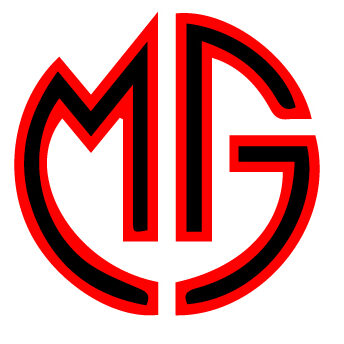You probably already know that Athletic Club are called Los Leones (The Lions) and that they wear red and white, but why? Here are five key curiosities about his unique club explained.
Why are they called The Lions?
The nickname of the Bilbao club comes from the place where its stadium was built, on the site of the hermitage and asylum dedicated to Saint Mames – who gives his name to the ground. Mames was a religious martyr who lived in the 3rd century in what is now Cappadocia, Turkey. As Christians were persecuted at the time, the Romans tortured him by imprisoning him in a coliseum with lions. But instead of devouring him, the lions sat at his feet. The image of the saint is always hand in hand with a lion… and the team has followed suit.
The unique bust of Pichichi at San Mamés
Rafael Moreno Aranzadi, better known as Pichichi, was a star striker for Athletic Club between 1913 and 1921. He was a great goalscorer – so much so that LALIGA’s top scorer award is named in his honour – but he sadly died prematurely from typhus aged just 29. Years after his death, a bust was unveiled in his memory and since that day every single club that plays at Athletic Club’s stadium for the first time leaves an offering by the bust in his memory before the match.
Only Basques or players trained in the region play for the club
Perhaps Athletic Club’s most well-known curiosity is its transfer policy. But if you think that only players born in the Basque Country can play for Athletic Club, you’d be mistaken. In reality, players born outside the Basque Country and even outside Spain are eligible, but they must meet certain requirements. They must have been trained in the club’s Lezama youth academy or in the youth academies of clubs in the region of ‘Euskal Herria,’ which also includes regions of France or other autonomous communities in Spain considered to be of Basque culture. Nico Williams, for example, was born in nearby Pamplona, in the adjacent community of Navarre, but is eligible to play for the club under this criteria.
Their colours were not always red and white… and they have their origins in England
Although the colours we’ve long come to identify Athletic Club with are red and white, this was not always the case. In its first years, the team wore blue and white, but it was a trip to England in search of higher quality shirts that brought about the change. The plan was to buy Blackburn Rovers shirts, which were the same colours, but the club’s delegation couldn’t find them. At the last minute, so as not to return empty-handed and due to the better quality of the garments in England, they bought some red and white Southampton shirts which ended up becoming the club’s new kit and its Madrid branch… which would later become Atlético de Madrid.
Athletic Club celebrated its centenary against world champions Brazil
In 1998, Athletic Club celebrated its centenary in style. The club decided it wanted to go beyond the typical friendly between clubs and invited to San Mamés none other than the Brazilian national team, who were the reigning world champions at the time, and who a month later would reach the final of the 1998 World Cup in France. With Roberto Carlos, Bebeto, Rivaldo and Ronaldo in the starting eleven, Brazil could only draw 1-1 against the lions on a day of celebration in Bilbao.


